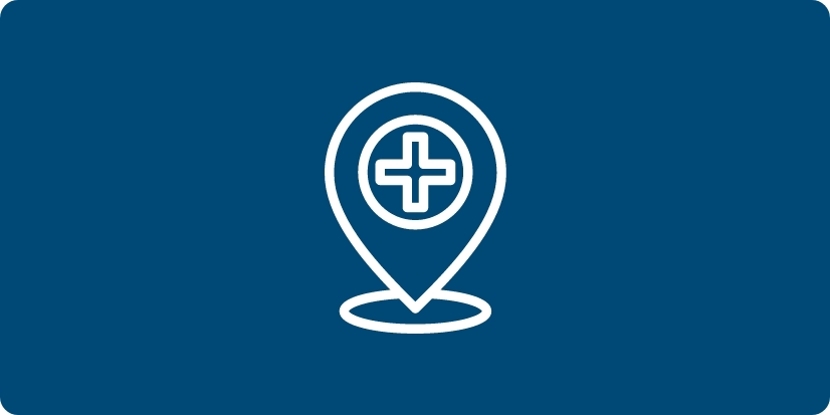
Varicose and Spider Veins Treatment
Veins are blood vessels throughout your body that collect oxygen-poor blood and return it to your heart. Did you know that by adulthood, the veins of the human body equate to about 60, 000 miles total! For most people, varicose and spider veins are not medically problematic, but they can become a cosmetic concern. Vascular surgeons are specialized surgeons that treat disorders of the veins and can help improve the appearance of varicose and spider veins
What are varicose veins?
While varicose veins can happen anywhere in the body, they most commonly
occur in the legs. They are marked by a bulging and enlarged appearance
near the skin's surface. Varicose veins are caused by blood pooling in
the veins. Varicose veins are not usually considered dangerous but, in
some cases, they can lead to a more serious medical condition.
Risk factors for developing varicose veins include:
- Older age
- Being female
- Being born with defective valves
- Obesity
- Pregnancy
- History of blood clots in your legs
- Standing or sitting for long periods of time
- Family history of varicose veins
Symptoms of varicose veins may include:
- Aching or heavy feeling in the legs
- Swollen feet and ankles
- Muscle cramps in the legs
- Dry skin and color changes in the lower leg
- Itching or burning feeling around the visible veins
- Pain that worsens after prolonged sitting or standing
Can varicose veins be prevented?
While there’s no proven evidence that varicose veins can be completely prevented, it thought that committing to the following lifestyle habits can help vein function and circulation:
- Get regular exercise
- Avoid prolonged sitting or standing
- Wear compression stockings
- Avoiding high heels and tight clothing
- Maintain a healthy weight
- Eat a healthy diet, low in salt and high in fiber
- When resting, elevate the legs
- Avoid long-term hormonal birth control pill use
What are spider veins?
Spider veins most commonly occur on the legs and face and can be caused
by genetics, hormonal changes, standing or sitting for long periods, trauma
to the area, and valve problems.
They differ from varicose veins in that they are not bulging or enlarged,
and they do not cause or turn into varicose veins. The name is somewhat
misleading because spider veins aren’t veins at all, they are broken
capillaries or small blood vessels. They can have red, blue or purple
color to them and appear like spider webs or tree branches.
Risk factors for developing spider veins include:
- Obesity
- Pregnancy
- Prolonged sitting and standing
- A history of blood clots
- Family history of varicose veins
- Hormones
- The use of birth control pills
- Injury
- Sun exposure
Symptoms of spider veins may include:
While the majority of people will only notice visual signs of spider veins on the body, some may experience physical symptoms.
- Burning
- Cramping
- Itching
- Legs that feel tired
- Pain
Can spider veins be prevented?
While genetics plays a major role in who will develop spider veins, there are some lifestyle habits that can help prevent them and keep excess stress off of the blood vessels.
- Maintain a healthy weight
- Wear compression stockings
- Avoiding sitting or standing for long periods
- Exercising regularly
- Avoid high heels and tight clothing
- Avoiding long periods in hot baths
- Wear sunscreen, especially on the face
- Eat a healthy diet and limit sodium intake
What is Sclerotherapy treatment for small varicose and spider veins?
Sclerotherapy is a simple medical procedure done in the doctor’s office. This therapy treats spider veins and small varicose veins by injecting a solution into the affected vein. The process of injecting a chemical solution into the vein causes it to close and fade over time, resulting in a more visually pleasing appearance for many patients.,
While sclerotherapy may not be effective for everyone, it is estimated that 75-90% of patients see a successful removal of their problematic veins. Sclerotherapy is a not a permanent solution to getting rid of varicose and spider veins. It is important to note that patients can continue to develop varicose and spider veins over time.
Sclerotherapy treatment is not for everyone, especially if the patient has a history of blood clots in the legs. Talk with your provider to find out if you may be a candidate.
What is Sclerotherapy treatment for small varicose and spider veins?
Typically, sclerotherapy is considered a cosmetic procedure with an out-of-pocket payment. Please contact the office directly for pricing information.
To schedule an appointment for a consultation, please call 724-761-5556.
